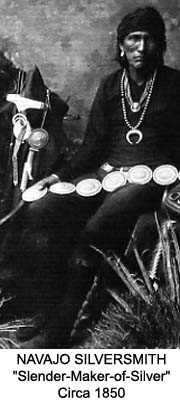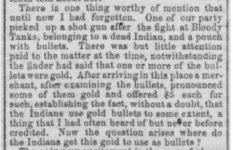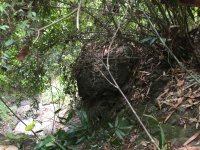Crow
Silver Member
- Jan 28, 2005
- 3,328
- 9,299
- Detector(s) used
- ONES THAT GO BEEP! :-)
- Primary Interest:
- Other
Gidday All
Here is news paper clipping from Los Angeles Herald July 12 1884

Crow
Here is news paper clipping from Los Angeles Herald July 12 1884
Crow


 He married Paula Gonzales in Socorro, but he was older and as far as I could tell he had no children with her (but did have a ward).
He married Paula Gonzales in Socorro, but he was older and as far as I could tell he had no children with her (but did have a ward).





